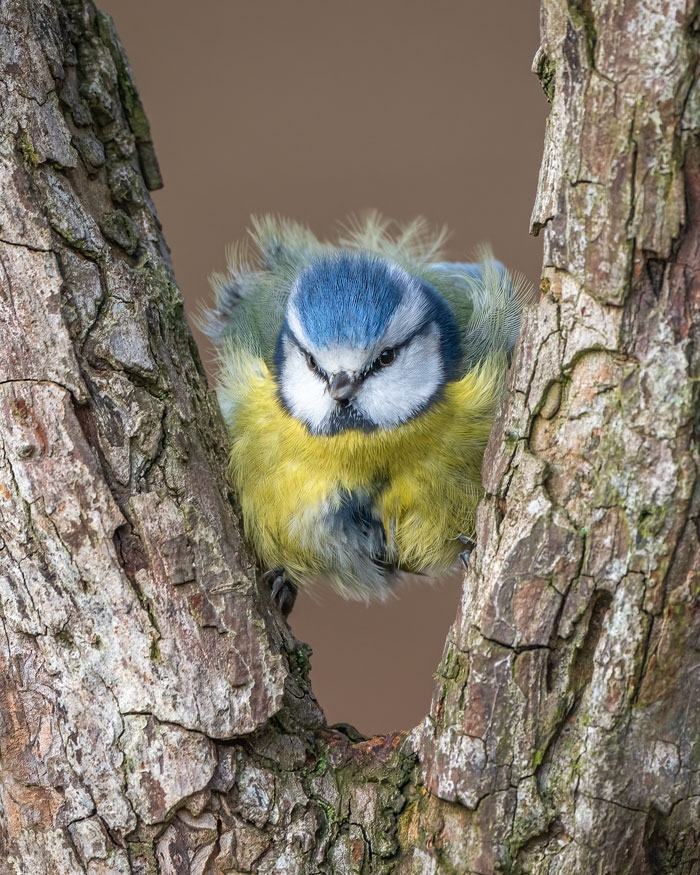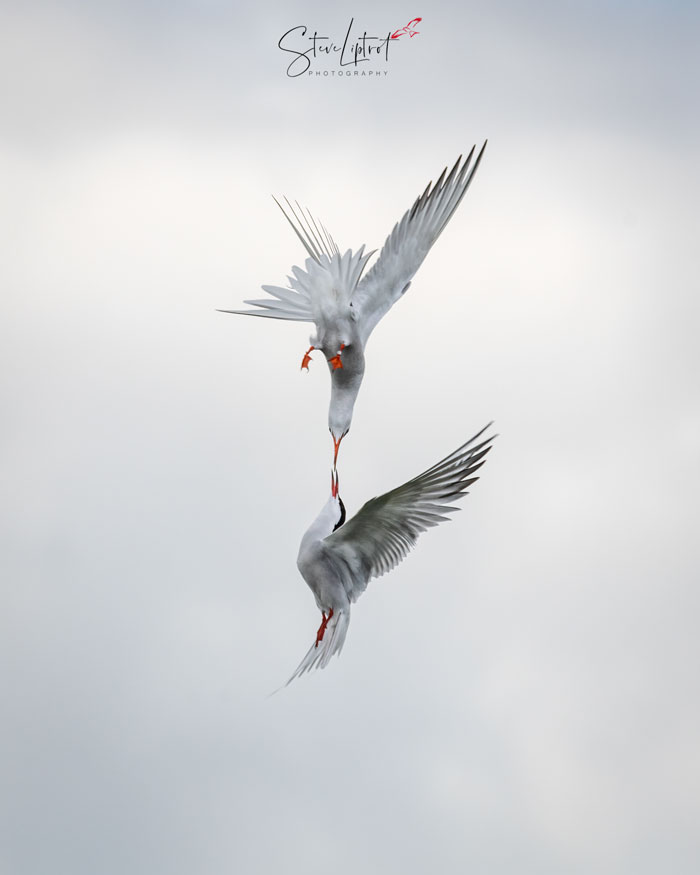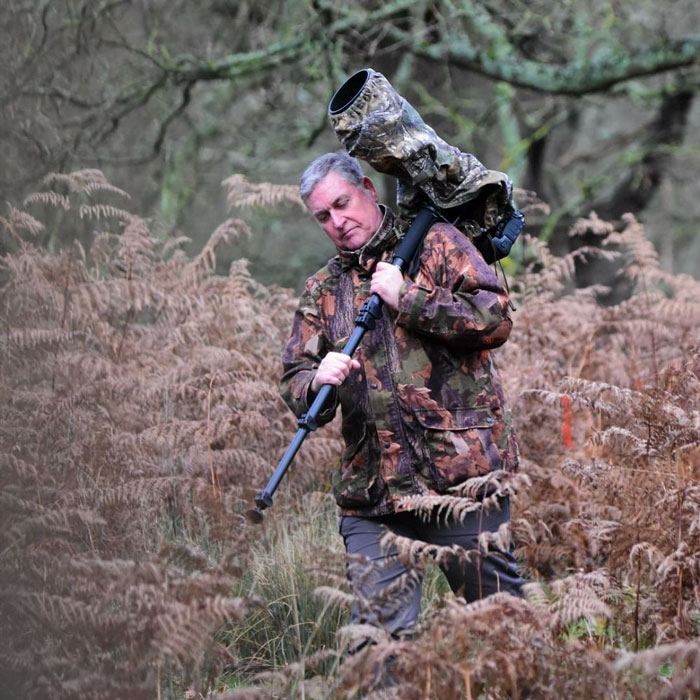Based in South Oxfordshire, England, published nature photographer and tutor Steve Liptrot’s portfolio includes an array of diverse subjects. With a keen eye for detail and a distinctive style, Steve draws his inspiration and creativity from his explorations of his surroundings. Through his lens, Steve has the ability to capture and convey his enthusiasm for his subjects and their relationship to their environment. Steve’s body of work is quite expansive and his passion and drive for his craft speaks for itself. As you browse through his photographs below, I think you’ll agree that he’s quite a skilled and accomplished photographer.
Thank you, Steve, for all of your thoughtful answers and for giving the readers a glimpse into the mind of a person who truly enjoys what they do. It was a pleasure getting to know you and about your work. You are a remarkable photographer and someone who is definitely worth following.
If you’d like to learn more about Steve and his or if you are interested in purchasing one or more of his works, please visit his website. You can also him on Instagram, Facebook, and Twitter.

Can you please tell the readers a bit about yourself?
I am a published nature photographer from the North of England now based in South Oxfordshire.
Where do you call home?
I live in South Oxfordshire, England on the edge of the beautiful Chiltern hills.
What is it that led you towards photography and how long have you been working in it?
Photography started for me when I was very young (about 8 or 9). My father did photography and used to develop his own black & white images and I was fascinated. For Christmas 1972 he bought me a Kodak point-and-shoot camera that shot 24 grainy black and white images which I first used at a local wildfowl reserve (WWT Martin Mere) which had just opened. Since then I have been hooked!
Locations and weather conditions seem to be a crucial aspect of a successful picture. How do you handle these unpredictable factors?
For wildlife/nature photography the weather doesn’t affect if I go out or not. Poor weather doesn’t affect the wildlife just us humans! I find I get my best images in inclement weather and it can add a bit of atmosphere to an image. Like most photographers, I love dawn and dusk where wildlife is usually more active and generally, the light is better. I tend to put the camera away on hot bright days.

What is your favourite part of heading out to a new location?
Before I head to a new location I will do plenty of research on what I might see and where. The planning is one of my favourite aspects. I also try and meet up with local togs in the area. You can’t beat a bit of local knowledge. When I arrive at the new location I find it can be nerve-wracking until I’ve got a few decent images in the camera!
Marketing is a crucial component for any professional photographer. How do you go about marketing yourself?
I post a lot of images to my social media pages where I find most of my 1-2-1 tuition clients. I’m passionate about teaching like-minded people about the type of photography I enjoy. I find it rewarding when they learn new skills and grab a few good shots. I also sell some of my images on Redbubble and Photo4me. I try to draw people from my socials to my website and sell pages through a monthly blog and various links.
How did you develop your style?
I like to catch wildlife behaviour. I’m not really into birds-on-a-stick images. I like to catch them in the act. I also try to make everyday commonly seen species look interesting. I think people can connect to something they recognise instantly and not a rare bird/animal. A few people comment that they recognise my work without seeing a name so I guess that is style!

What drives you to create; does it satisfy a need or passion?
When I visit my usual locations I usually have an ‘image in my head’ that I would like to capture. It doesn’t always work out but I think that is one of the things that keeps me returning to particular locations.
How do you keep your photography fresh and how do you stay motivated to keep on learning?
Like most creative people we go through stale patches so I look for something else to photograph. I’m also a lover of motorsport and classic car shows and that does make a refreshing change.
What is your best photography tip?
Practise, practise and practise some more! There are many different skills in photography. My favourite is birds in flight and I know many togs who don’t or won’t. So I say practise on your weaknesses.

What type of camera(s) do you shoot with?
I use Nikon DSLRs (D4, D850 & D500). I have just invested in a Nikon Z6ii mirrorless DSLR so I’m enjoying learning this new system.
What is your favourite lens?
My favourite lens is my Nikon 500mm f4 prime. It’s quite heavy but it creates astounding images.
What is in your camera bag?
I carry 2 camera bodies in my backpack with 3 lenses. A wide-angle 24-120mm, mid zoom 70-200mm f2.8, 500mm f4 prime or 200-500mm f5.6E zoom and sometimes a 150mm f2.8 macro. I also carry spare batteries, memory cards, cable release, and lens wipes.
What is your favourite photography accessory?
My favourite accessory is my beanbag! It weighs around 2.5kgs but it’s great for resting long lenses on. I do a lot of low-level photography which a beanbag is invaluable.
Do you use Photoshop, Lightroom, or any other software programs for post-processing your images?
All my images are uploaded to Lightroom Classic. If they need any other work such as excessive noise reduction I will use Topaz Denoise. I rarely use Photoshop except to maybe remove a background distraction.

What are your thoughts on raw images vs images that have been worked on (Photoshop)?
I always shoot in RAW so all the images do need some editing. I have come across many images (not mine!) that have been photoshopped and most of them are obvious and that is a big no for me. I find Photoshop complicated so that’s another reason I rarely use it!
Can you tell me about one of your favourite or most memorable photo shoots?
One of my favourite shoots was last year at an RSPB reserve on the East coast of Yorkshire. I was sat photographing Gannets (a seabird) and the next bird to fly past was a Black-browed albatross!! A very rare bird in the UK and the Northern Hemisphere. The picture I took was awful if I’m honest but seeing such a majestic ocean-going bird was a moment I will always cherish.
Do you have any projects that make you look back and shake your head?
I was photographing captive red foxes at an animal rescue centre when I missed the ‘shot of a lifetime’. A butterfly had landed on the red fox’s nose for a few seconds but I missed it. At the time I was messing about with my camera. I still kick myself to this day about the shot that could have been!
What made the experience so unpleasant?
Missing that shot taught me not to mess around checking past shots while on a shoot. Nobody else got the shot so that was some consolation!!
What do you think the future holds for you? Where do you see yourself in the next few years?
I would like to travel more to new locations. The pandemic has made things very difficult over the past couple of years. I really enjoy the teaching of photography and I find it very rewarding when a client has had a great time, learnt something, and managed to get a few good shots. In the future, I hope to be doing what I’m doing now. Enjoying and teaching photography.

Leave a Reply